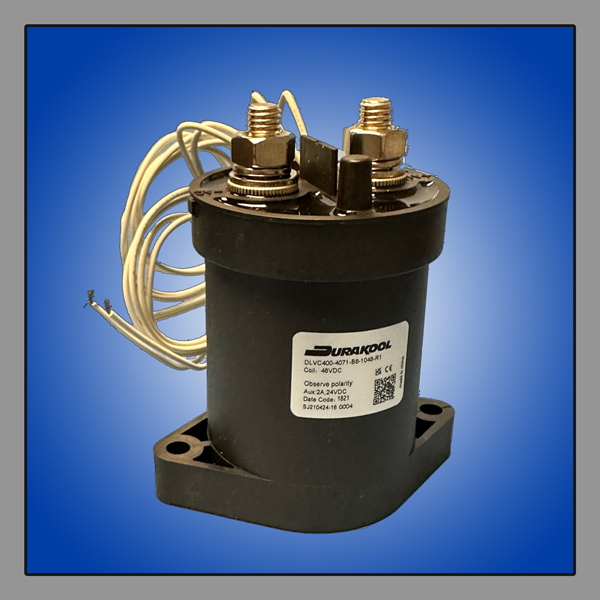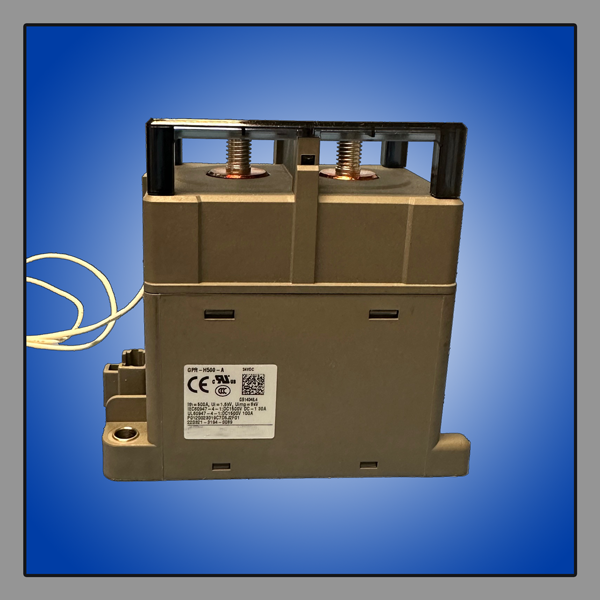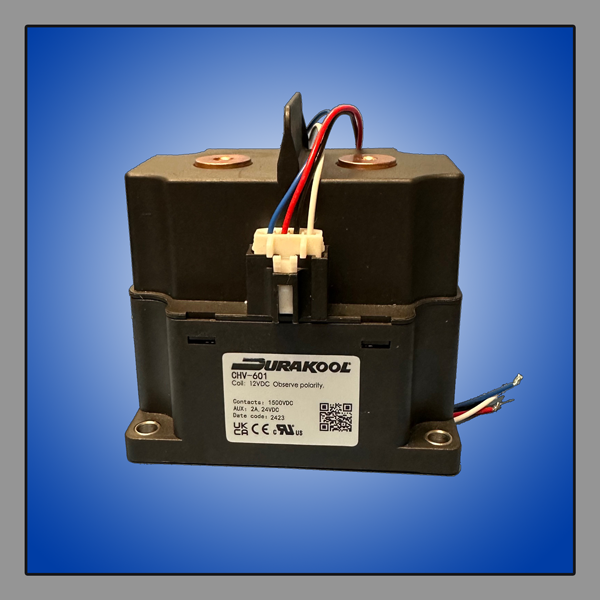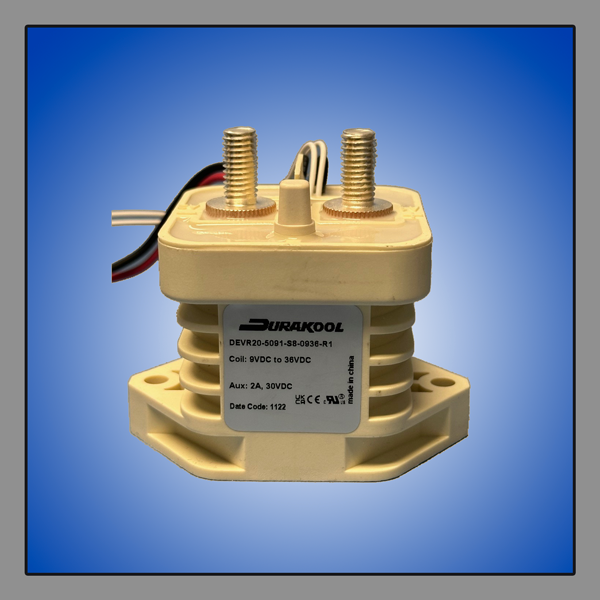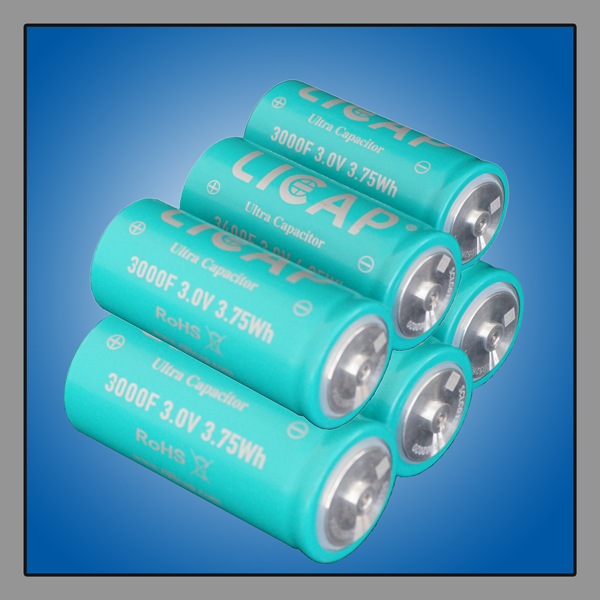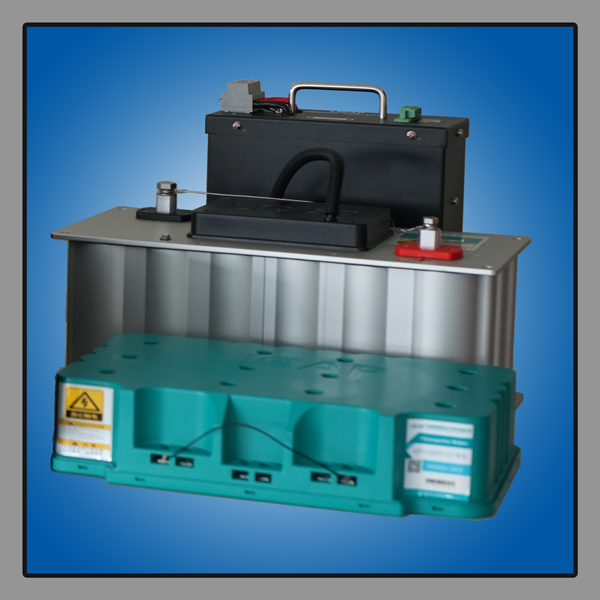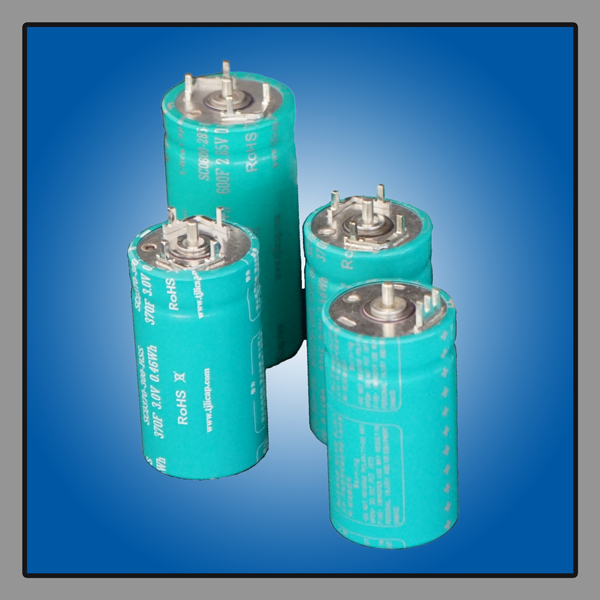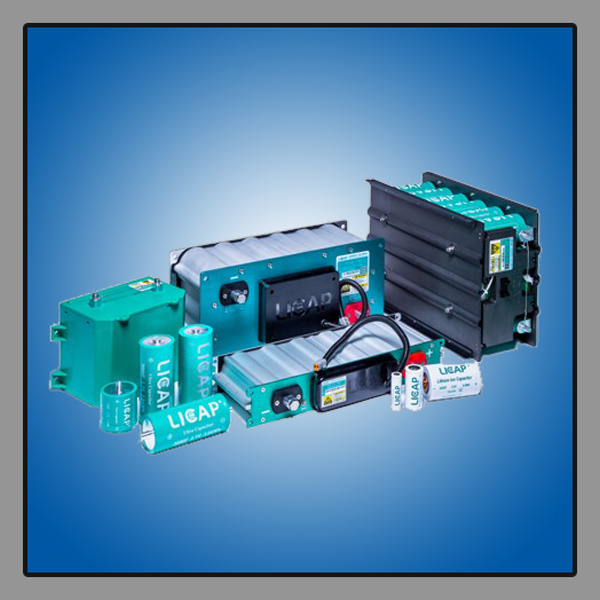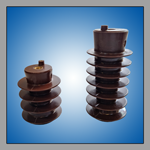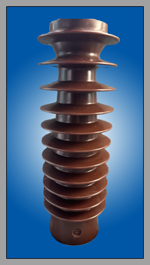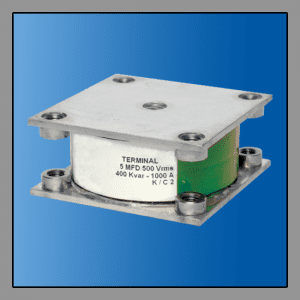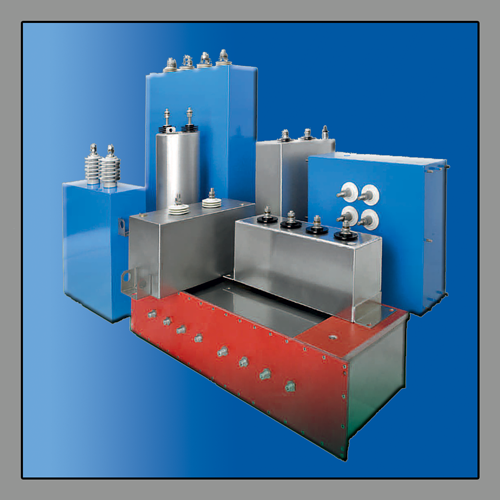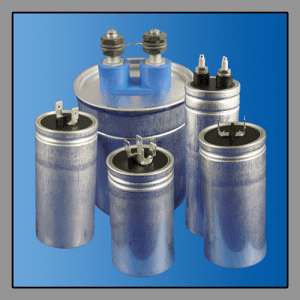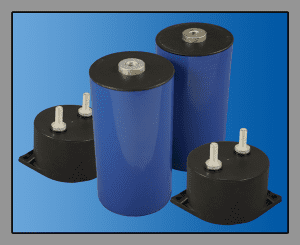
Durakool manufactures an extensive and diverse product line of high voltage DC contactor and DC relays for switching, as well as medium to high power batteries and chargers serving battery storage, EV chargers, solar and wind energy markets. Durakool also offers custom technical advice so that you can be sure that you are getting optimized components for your project. You will not want to miss out on talking to our team and exploring the innovative capabilities of our design engineers.
High Power DC Contactor
A new ceramic high voltage DC contactor is available, these contactors contain a sealed ceramic arc chamber that isolates from epoxy sealed DC contactors. This allows for larger DC voltages to be switched. Less battery power is required to power the contactors, because of the twin coil economizers, which results in overall increases in the EV’s driving range, and also makes an additional coil back EMF suppression unnecessary. And in the event of a failure, the main power contacts are mirrored to the position of the mechanically linked auxiliary contact mirrors, and can indicate the power contact’s position as part of a safety monitoring circuit.
Durakool offers high voltage contactor of 900-1500VDC, a high voltage for DC switching contactors, while also providing for more low-power needs, with ones that go as low as 450VDC.
Power Relays
Our high voltage DC contactor relay products are low-cost, compact, and have a long life. Our power relays perform efficiently even in challenging environments. There are over 120 power relays in stock. Of these include the DG3BL PCB Power Relay which contains a magnetic arc blowout that allows the relay to switch 50% higher DC voltage in comparison to relays of its same type. In relation to the PCB, it gets rid of the need to put it through high voltages and currents by using shielded fast-on blades for power terminals.
For any additional assistance, please contact us at sales@hilltech.com or 847-255-4400. You can submit a request for a quote directly by using our automated request system.

